Photos and Article by Jeff Moorman
The day after you hear all about Punxsutawney Phil it will be time for the next Seattle-North clinic. So, mark your calendars for February 3 and consult the end of this article for directions. We will be continuing our experiments with T-TRAK, hearing about how another group has used these modules, and discussing just what sort of ‘train running’ we want to pursue.
First up at the January meeting was Jim B who wowed us with his mini-clinic on handbrakes. We learned that Ajax, Champion, Equipco, Jemco, Klasing, Miner, Superior, Universal, and Ureco are not names of new rap groups, but just some of the manufacturers of railroad handbrake equipment. Before the late 1920’s most of the railroad handbrake wheels were on vertical shafts. For brakemen standing on the roof and operating the wheel was extremely hazardous. Mounting the wheel on the car end via a horizontal shaft was an attempt to make things safer, since the brakeman could stand on the ladder, hold on with one hand, and operate the brake with the other.
All the manufacturers listed above (and others) vied to show their equipment was safer, easier to use, and more cost effective to install. This led to a bewildering assortment of brake wheel designs. Some manufactures also offered a ratchet type “wheel” where the brakeman pumped a lever back and forth. Finally in 1959 the AAR standardized the brake wheel, so we do not see near the variety of these wheels today.
Brake wheels are a fairly visible part of a freight car, especially in HO scale and larger. It is a good idea to look at an actual prototype car (or a photograph thereof) to make sure your model has the proper brake wheel. And, like many car components, the brake wheel can be replaced, updated, or changed over time. For more information refer to the article on handbrake equipment in the Railroad Prototype Cyclopedia, No. 10.
Plus, we all discovered that Jim B once had a job designing railroad freight cars – 12 inches to the foot scale. How cool is that?
After the break I was time for show and tell. John had made good on his promise to build a demonstration T-TRAK module in HO scale. He could not find any Kato HO track, so did the example with Bachmann E-Z track. One problem he ran into was a warp in the plywood top piece. We all thought a reinforcing brace under the top and between the two tracks would be helpful. [I have since learned this top warp is not uncommon and can even happen with N gauge modules. The secret is in carefully clamping the top to the sides and letting the glue dry thoroughly. Good quality wood is also of benefit and our brace idea doesn’t hurt either.] Three members of the group expressed a desire to work with T-TRAK modules in HO gauge.
Joel brought along what he calls his “DCC’ized gandy dancer.” Joel started with two of the HO gauge Bachmann gandy dancer handcars. He stripped one and made it into a trailer for the other. The stripped car served as a platform to carry to DCC decoder which was wired to the motor in the lead car. Joel explained some of the electrical issues encountered as well as trying to solve the operating problem of too little weight.
Rob J brought in two more of his seemingly endless collection of N gauge train sets. These were both from Con-Cor. One was a military set and the other a Smokey the Bear Fire Prevention set.
Chris F showed two more of his in-process HO projects. There was a box car with contrasting roof walk. Chris says he doesn’t know if this is prototypical, but he likes the look anyway. And there was a partially painted F7 which looked pretty good even missing the black stripe and lettering.
Bob R had some train pictures of a recent trip to Zimbabwe. In some he was riding the engine of a steam locomotive near Victoria Falls. I am pretty sure, that given enough time, Bob could talk his way into a cab ride on the space shuttle.
Dennis fulfilled our promise to run the first Seattle-North train on a T-TRAK module. Note that despite my intention to help, it was all Dennis’ doing. He brought two straight and two 90-degree corners to make a U-shaped layout. He brought the locomotive and cars to make up the first train. And he brought the power pack to run that first train.
One of the issues he ran into was the need to make the track spacing on all the modules precisely the same. Otherwise the modules will not mate. This is something we will need to pay attention to in the future.
The recent Pacific Science Center Model RR Show went well. As this is written we do not have the final attendance figures, but the place was pretty jammed at times. I’d like to personally thank all the Seattle-North attendees that participated in the show.
Our next meeting is February 3 and the one after that is March 3.
We meet at the Ronald United Methodist Church, 17839 Aurora Avenue North, Shoreline, WA. That is on the west side of Aurora (State Route 99) just north of 175th Street, between the Cadillac dealer and Deseret Industries. Note that there is still a lot of construction along this stretch of Aurora. Therefore, it might be best to be going southbound so you can make a right-hand turn into the church driveway immediately after passing the Deseret location.
Meetings are the first Thursday of each month, except July and August. Enter the lower level of the church from the parking lot at the rear. Doors open around 7:00 PM, announcements at 7:15, and the program starts about 7:30. Hope to see you there or at least sometime on down the line.
Happy Ground Hog’s Day

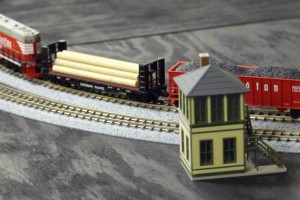
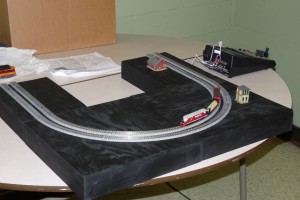
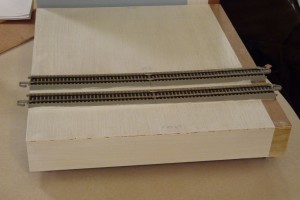
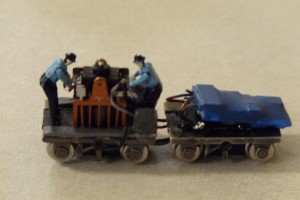
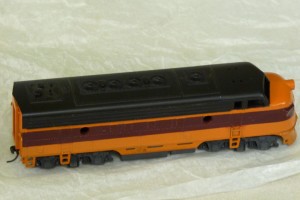
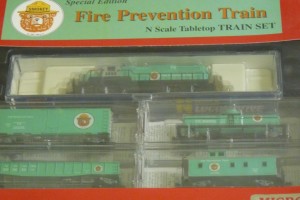
No Comments Yet